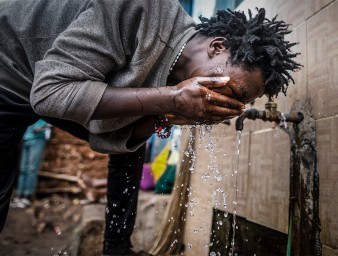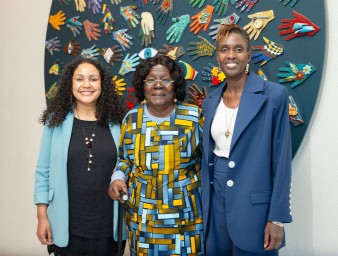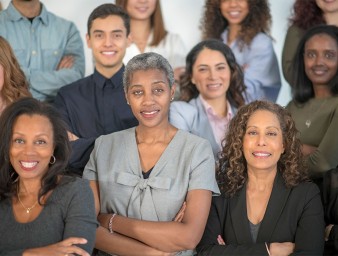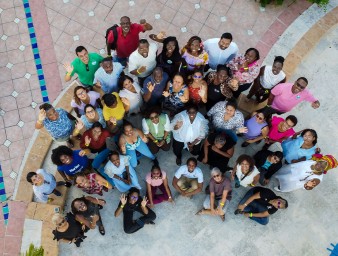Climate change exacerbates violence against women and girls
12 July 2022
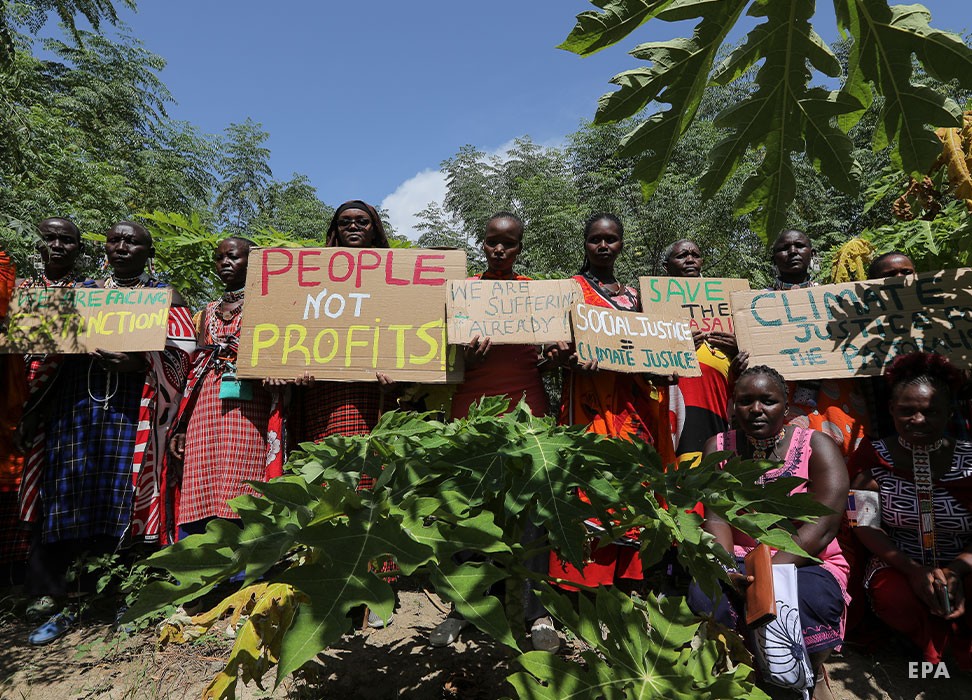
It is estimated that 80 per cent of people displaced by climate change are women, according to UN Environment.
When women are displaced, they are at greater risk of violence, including sexual violence, said Michelle Bachelet, UN High Commissioner for Human Rights.
“While they sleep, wash, bathe or dress in emergency shelters, tents or camps, the risk of sexual violence is a tragic reality of their lives as migrants or refugees,” Bachelet said. “Compounding this is the increased danger of human trafficking, and child, early and forced marriage which women and girls on the move endure.”
Bachelet took part in a panel discussion that explored the relationship between climate change and violence against women and girls through a human rights lens during the 50th session of the Human Rights Council in Geneva, Switzerland. Reem Alsalem, Special Rapporteur on violence against women, its causes and consequences moderated the panel discussion.
According to Astrid Puentes Riaño, Independent Consultant on human rights and climate change, migration and forced displacement are among the most serious impacts of the climate crisis that are already impacting millions of people around the world.
“For example, there are reports of migrant women who have suffered sexual violence while under the protection of the authorities and who, upon reporting it, instead of being protected, have been imprisoned,” she said.
Women and girls in agriculture face many threats
Esmeralda*, 15, is from Peru and a national delegate of the National Movement of Organized Working Children and Adolescents of Peru. Her family are farmers where the effects of climate change is something they must live with every day.
“Our family farming is no longer what it used to be. Our production level has decreased and has been replaced by large companies that use toxic fertilizers,” she said. “Due to climate change, frost and other drastic changes in temperature occur, causing women and girls to work harder to obtain an income and resources for their families.”
Esmeralda said the scarcity in drinking water has forced women and girls to search for water in the rivers or deep in the jungle, which increases the risk of sexual violence. In illegal logging areas, women and girls are the main target of criminal groups and many women and girls have gone missing, she added.
“Women and girls experience disproportionate effects of climate change globally, women and girls are often left out of school or unable to work,” she said. “Many women and girls are dependent on their partners, which increases the risk of economic, physical and psychological violence.”
Her story isn’t unique. According to Save the Children, women and girls make up more than 40 per cent of the agriculture labour force and are responsible for 60-80 per cent of food production.
“Despite their vital role in rural economies, women and girls who live in rural areas are often doubly affected by discrimination, exploitation, and gender-based violence,” said Rajib Ghosal, Regional Senior Technical Advisor, Climate Change and Child Poverty focal Point for Asia-Pacific for Save the Children. “The environmental crisis aggravates pre-existing patterns of discrimination and violence against women and girls.”
Defending the environment is a dangerous journey
Women environmental human rights defenders who work to protect land, water, nature, and communities are putting their lives at risk, Bachelet said.
“
They are criminalized and silenced. They are threatened and stigmatized. They are at additional risk of gender-based violence. And many are even killed.
“
Michelle Bachelet, UN High Commissioner for Human Rights
Bachelet said that in Mexico and Central America between 2016 and 2019, about 1,698 acts of violence were recorded against women human rights defenders.
According to Melania Chiponda, Climate Justice and Gender Adviser at the African Women’s Development and Communication Network (FEMNET), a pan- African, feminist and membership-based network based in Nairobi, attacks on women defending land and the environment have increased due to climate change and the COVID-19 pandemic.
“The cases are going unnoticed, are underreported, and if reported, the perpetrators are not punished,” she said. “When women stand up to challenge environmental destruction, pollution and dispossession, they are stepping out of their traditional roles to challenge unjust power that is in the hands of political, economic, social and cultural institutions; and society retaliates with violence against the women.”
Protecting women and girls from violence
Bachelet provided recommendations on how to prevent and eliminate violence against women and girls due to climate change including recognizing that climate change and violence against women are intrinsically linked.
“That we can’t leave anyone behind — this includes indigenous women, women of African descent, Roma women, women from religious minorities, women with disabilities, and LGBTIQ+ women,” she said.
States need to empower women for disaster preparedness and providing alternative means of livelihood if they are faced with a climate crisis, she added. Also, Bachelet said, States should hold people accountable with zero impunity for perpetrators of gender-based violence and must take urgent steps to respect and protect women and girls.
Bachelet also said that women need to be given full and equal participation and leadership on climate issues.
“We need their voice — and their leadership — to take us on the right path,” she said.
*Last name was not used as a protective measure.
